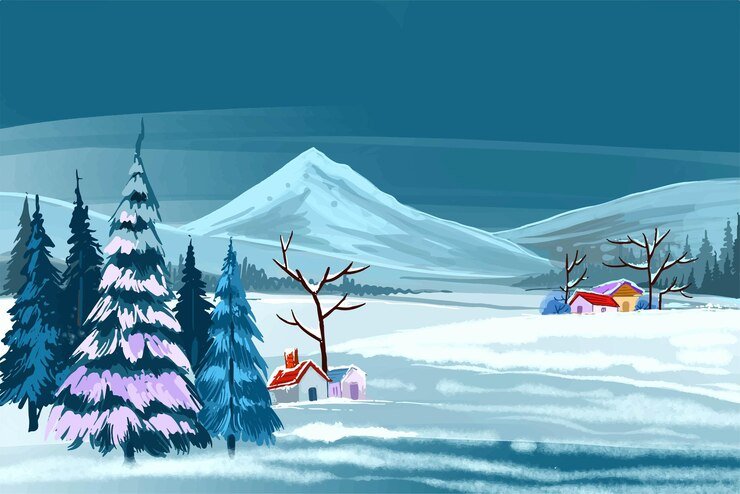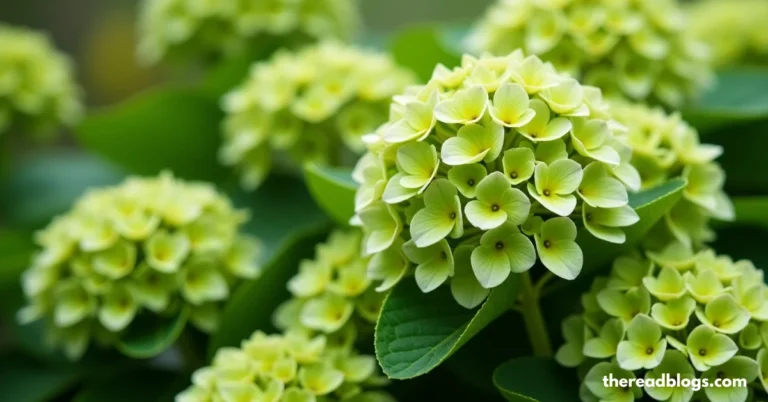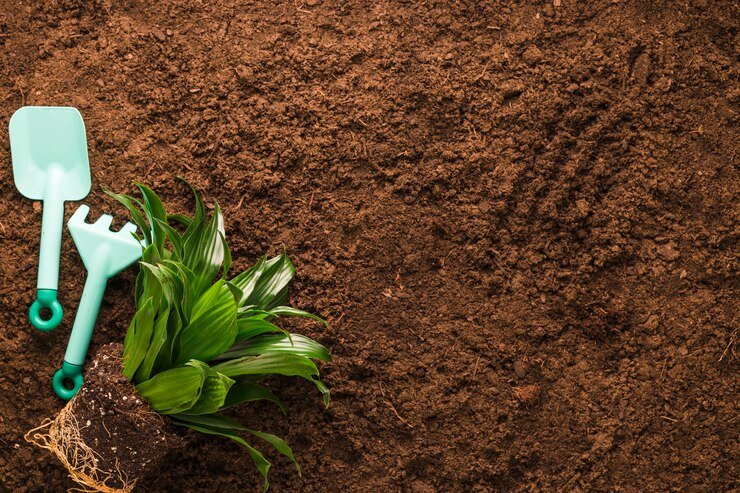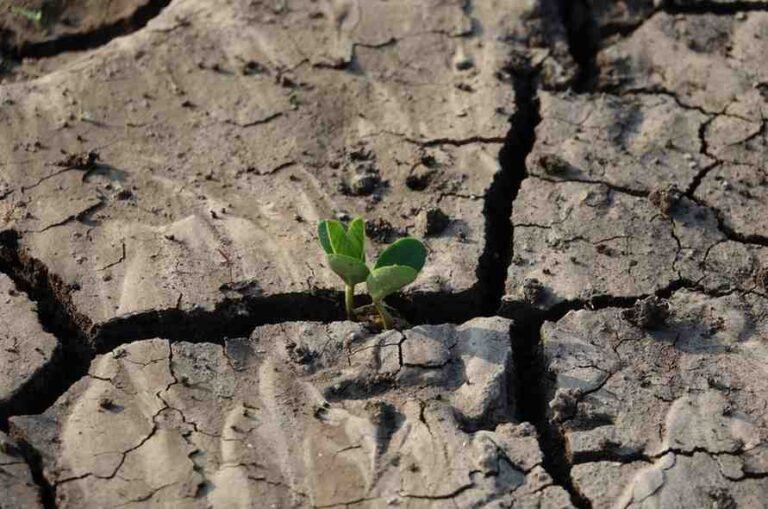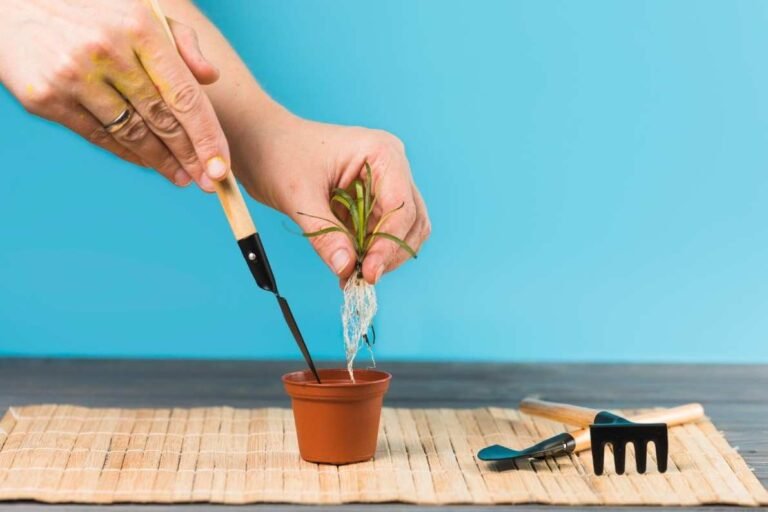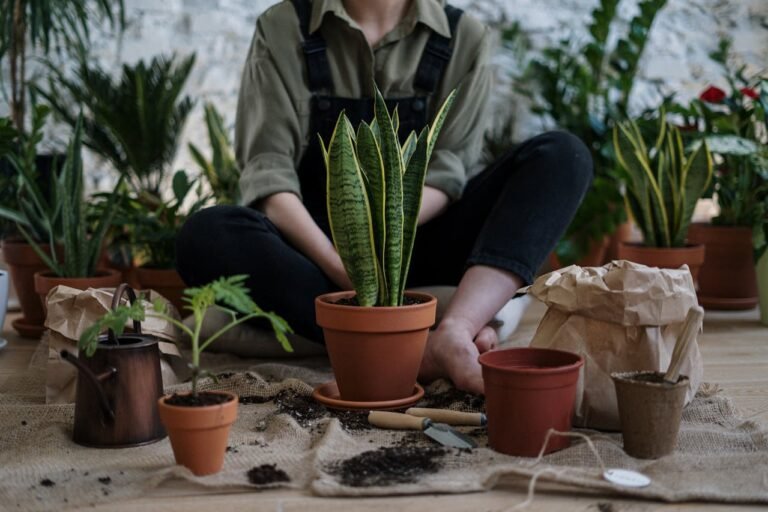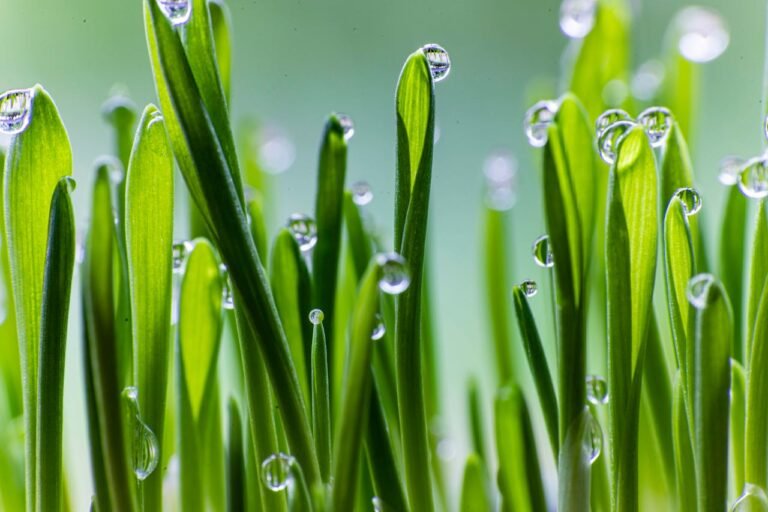Top Ideas to Beautify Your Winter Landscape This Season
Let’s face it: winter landscape can appear boring when compared to the array of colors and textures present in other seasons.
Most plants enter dormancy when the weather becomes cold, leaving behind a color palette of brown, white, and gray.
But you still have the option to enjoy a stunning landscape that stands out against the starkness of winter. “If you want to be sure you have some winter interest in your garden, you are looking at just a few things,” says a nursery manager.
From choosing the right plants to creating attractive focal points, the following are some top winter landscaping tips to make your yard shine throughout the season.
Top Winter Landscaping Tips
Focus on Bark
Deciduous trees shed their leaves in winter, making their trunks and branches visible. However, this can be beneficial. “If you have any interesting ornamental trees with visually distinctive bark, they will add winter interest,” says a nursery manager.
Many of these trees and certain shrubs tend to be smaller, making them easier to place in the landscape. Top picks include dogwood and birch trees, providing stunning winter color and texture.
Include Plants with Berries
Many species of trees and plants produce berries that they retain through the winter and fall, providing food for birds in your region. “Crabapples hold their little fruit,” says the nursery manager, noting that they are a fantastic addition to your winter landscape. “A holly bush with berries is also beautiful,” she adds.
Consider Evergreens
Evergreens are a reliable addition to the winter landscape for various reasons. The first is color. Evergreens aren’t just green; they are also available in shades of yellow (such as Gold Thread false cypress), blue (including dwarf blue spruce), and every color.
In addition, evergreens are a great choice for design. “They are really important for a winter landscape, and they make a good focal point all year round,” says the nursery manager. “I always like to have at least one or two evergreens and work a border around those. When planting a new bed, you always want to include at least one evergreen.”
Rely on Your Hardscape
The winter months are a great time to examine your garden and identify areas that lack important focal points. Ultimately, improving your winter landscape may involve something other than a plant. “Winter is the best time to consider hardscaping projects,” an expert states. “A trellis, a garden bench, an arbor, or even a garden sculpture are essential additions.”
Use outdoor lighting to highlight the most striking design elements in your winter garden. Lighting evergreens with lights or hanging string lights on the patio can go a long way toward making your winter landscape appear warm and inviting.
Dress Up Summertime Containers
Window containers, hanging baskets, and winter-resistant containers are all essential in winter-time landscaping.
The dwarf Alberta spruce and broadleaf evergreens—such as Japanese Andromeda, holly, and rhododendron—are great for winter. However, all of them need to be watered during dry seasons. If you’d prefer not to water living plants, filling your container with evergreen plants of various textures, colors, and branches is advisable.
“Anything with color in it” is a great suggestion.
Choose Four-Season Perennials
Certain perennials have evergreen leaves, making them an excellent option for landscaping in winter. Some examples include ornamental grasses and dianthus, with its stunning low-growing, blue-green foliage.
Hellebores also have evergreen leaves and bloom in the winter months. The further south you live, the more choices you’ll have for evergreen perennials.
Leave Seed Heads in Place
Even after the fall flowers have stopped blooming, many still have attractive seeds that can interest the winter landscape.
Leaving perennials such as tall Sedum or black-eyed Susan in place is a good idea. In colder northern regions, plants like these are stunning when surrounded by snow in winter.
FAQ
What is the winter landscape?
“Winter Landscape” is a type of art in which the primary focus is on a scene found in the countryside or city during the winter months, typically when evidence of snow is depicted in the artwork.
How do you decorate a winter garden?
Reflective ornaments reflect and magnify the low winter sunlight, adding some glitter to your landscape. Natural decor: Use pinecones, branches of holly, and other winter plants to embellish your garden. They are not only beautiful but also blend with the seasons.
What makes a snowy landscape gorgeous?
Snow alters the way light, shadows, and contrast interact. Think of golden ornamental grasses set against a blue sky, with the foreground illuminated by millions of white crystals of ice. Or evergreens silhouetted against the full moon, with the light reflecting into it from the icy ground beneath.
What would you say about the winter landscape?
The quiet of the snow-covered ground contributes to the peacefulness and is only interrupted by the gentle thud of feet or the distant chirp of a winter bird. The sky, a palette of soft blues and grays, casts a gentle luminosity over the landscape, creating peace and contemplation.
What is your definition of the winter landscape?
The quiet of the snow-covered earth adds to the peacefulness and is only interrupted by the soft clunk of footsteps and the distant chirp of an eagle. The sky, a swatch of soft blues and grays, creates a soft light over the landscape, creating a feeling of peace and reflection.

